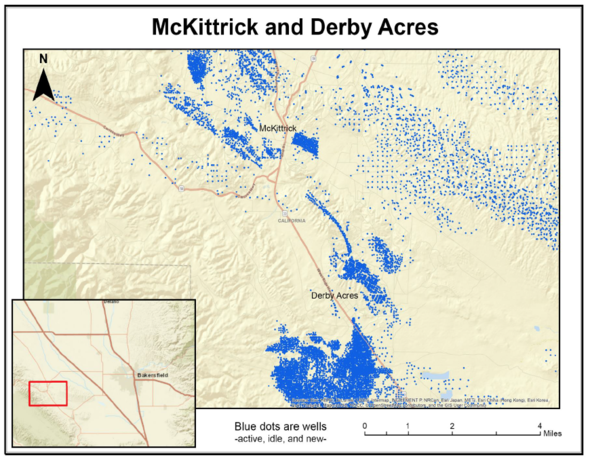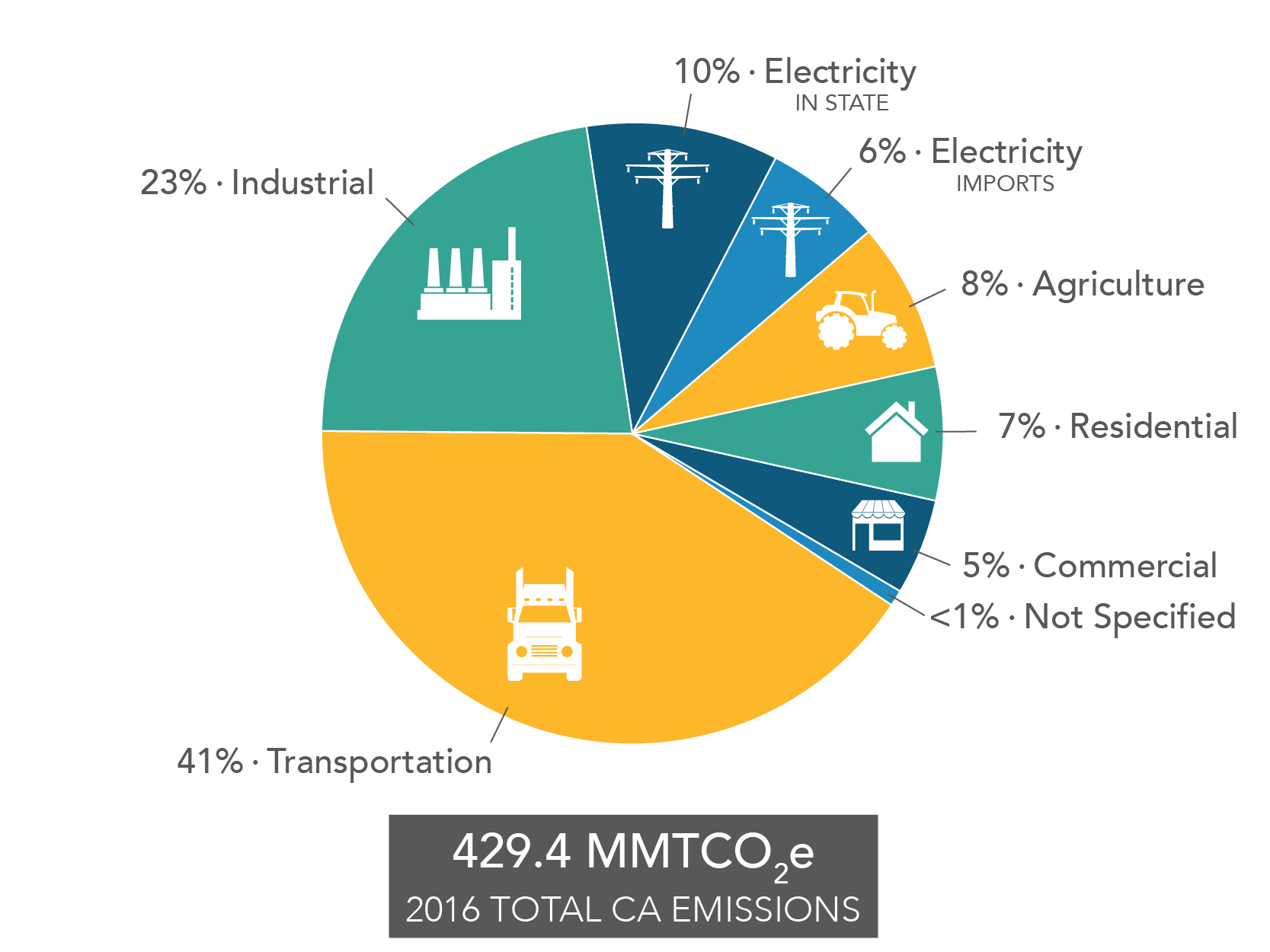Photo: CARB
The communities chosen are located in historic oil production areas in the South San Joaquin Valley and Los Angeles County and include:
- Lost Hills, Lost Hills Oil Field, Kern County
- McKittrick and Derby Acres, McKittrick Oil Field and Midway-Sunset Oil Field, Kern County
- Baldwin Hills, Inglewood Oil Field, Los Angeles County
- South Los Angeles, Las Cienegas Oil Field, Los Angeles County
Part of the Study of Neighborhood Air near Petroleum Sources (SNAPS), CARB hopes to use the data to better understand how oil and gas production facilities affect neighboring communities.
Mobile air monitoring units will be installed and operated for 3 - 4 months. The program also calls for community meetings to gather feedback and to discuss the results.
“Many Californians live in communities near oil and gas facilities – but we know very little about the impact of these facilities on their neighbors’ health,” said Chair Mary D. Nichols. “We need up-to-date information to assess whether existing standards and regulations are effective, and to lay the groundwork for any needed improvements.”
“CARB recently adopted more stringent regulations requiring enhanced inspection of oil and gas operations including pump jacks. The rules require the use of technologies including chemical sniffers to better pinpoint and repair any leaks that are identified,” said Executive Officer Richard W. Corey. “The SNAPS program will complement the regulation to better ensure oil and gas operations that impact nearby communities are identified and addressed.”



.jpg)